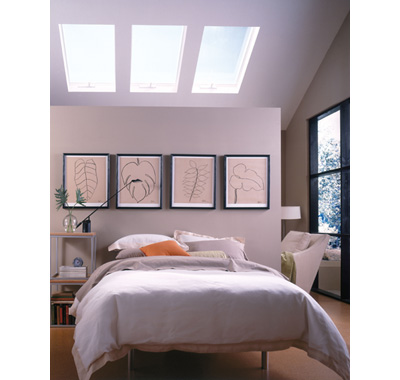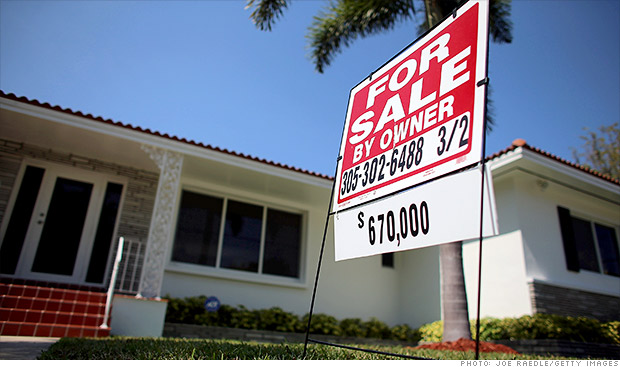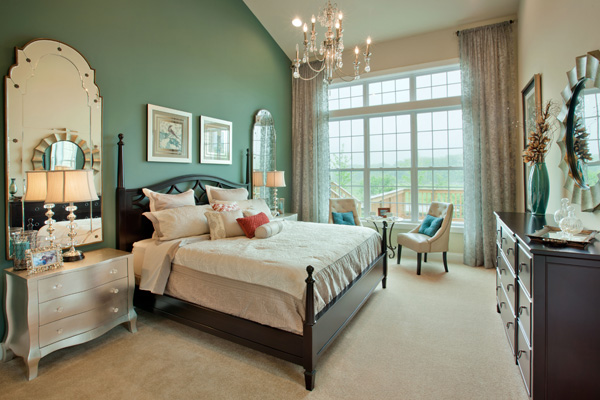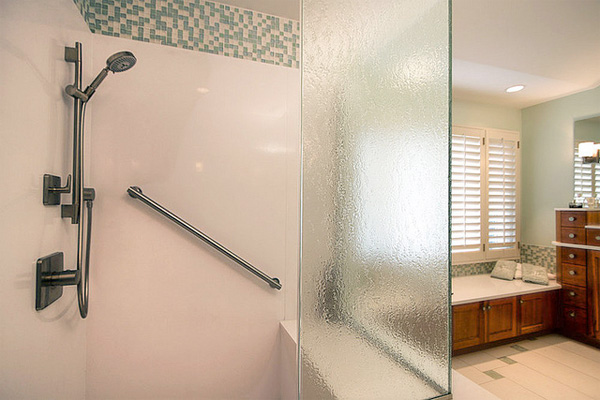By Stephen Gandel, senior editor
More and more people are borrowing against their brokerage accounts to buy condos and expand their businesses. That's not reassuring.

FORTUNE -- Like the recent bull market? How about taking a home renovation to go with it? That apparently is what some investors have been doing with their stock gains.
The recent run-up in the market, financial advisers say, has led to a resurgence of the type of loan not seen since the end of the housing boom -- cash out financing. But this time, though, people aren't tapping their inflated house for money. These days stock portfolios appear to be the well of choice.
Financial planners say in recent months clients have taken out so-called margin loans to buy real estate, fund small business acquisitions, or to provide gap financing before a traditional loan could be secured from a bank.
"No one wants to be out of the market for 90 days," says Mark Brown, a financial planner for Brown Tedstrom in Denver. "People just don't want to sell right now."
Borrowing against brokerage accounts hit an all-time high earlier this year, according to data from FINRA, and has continued to go higher. Margin loans outstanding totaled nearly $409 billion at the end of April. That compares to $381 billion back in July 2007, the last time stock-market-fueled lending peaked.
Debt is often seen in bubbles, and loose lending was a key part of what led to the housing bust. So the recent rise in stock market borrowing has some people nervous, especially at a time when the market is already making new highs, and seemingly headed straight up. Despite being down on Wednesday, the market has not suffered a three-day string of losses all year, which is not typical. Nonetheless, according to a recent Wall Street Journal article, investors should be less worried about all this margin debt because people aren't using the borrowed funds to buy more stocks, they are using it as a cheap source of fast cash.
Somehow that was supposed to be reassuring. Instead, it feels more like a flashback to the housing bubble when people where taking out home equity loans to buy boats or just groceries.
Anecdotally, it does seem that there are more people tapping their brokerage accounts to make real estate purchases or fund their business. Chris Cordaro, a financial planner at RegentAtlantic in Morristown, N.J., recently had one client borrow against his brokerage account to buy a condo in Long Island for his daughter, who is in grad school. Another is using money from a margin loan to develop commercial real estate in Newark, N.J. Cordaro says that the client, who used to go to a bank for real estate loans, has increasingly been turning to his stock account. "Other areas of borrowing have dried up," says Cordaro. "Margin is a very efficient if you have a short-term need and a diversified portfolio."
Mitch Reiner, a financial planner in Atlanta, says he has had a few clients use margin loans to finance acquisitions for their small businesses. He says he's had a lot of inquiries from clients recently about margin lending. Sean Sebold, a financial planner outside Chicago, said he recently had a client use a margin loan to expand his oral surgery practice. "If you go to a bank it's going to be enormously burdensome," says Sebold. "The rates are very low on margin loans, and there are practically no transaction costs."
But it's impossible to really know how much stock market borrowing is being spent elsewhere, and how much is being used to leverage up investment accounts. FINRA doesn't track where the borrowed money goes.
What's more, many financial planners generally advise against margin loans, which recently have averaged around 2%. First of all, margin loans have a floating rate, so they will go up with interest rates, which have been rising recently. Second, margin loans are callable. If the value of your stock market portfolio drops, your brokerage firm could require you to pay back your margin loan immediately even if you have never missed a payment. Lastly, unlike borrowing against your house, there's no tax advantage to borrowing against your stock account.
Stack up all those disadvantages, and the fact that more people are using margin loans must mean there is at least some irrational exuberance going on around stock market investing right now, even if it's not quite going to burst anytime soon. "It just means people have lost touch again with market volatility," says Harold Evensky, a financial planner in Coral Gables, Fla., who says he never recommends margin borrowing. "We're back to thinking stock markets only go up."












 The asking price per square foot in the 38 metro areas tracked by brokerage Movoto increased an average 12% in the 12 months through March. That's just an average, though; eight of the markets are cheaper now.
The asking price per square foot in the 38 metro areas tracked by brokerage Movoto increased an average 12% in the 12 months through March. That's just an average, though; eight of the markets are cheaper now.





 at a government program, they will have to pay that elevated rate for as long as 30 years.
at a government program, they will have to pay that elevated rate for as long as 30 years.



































